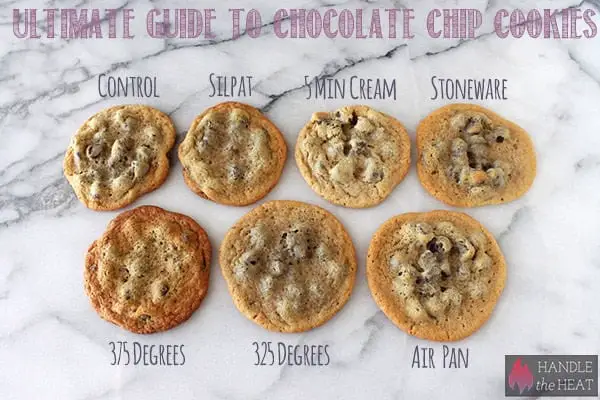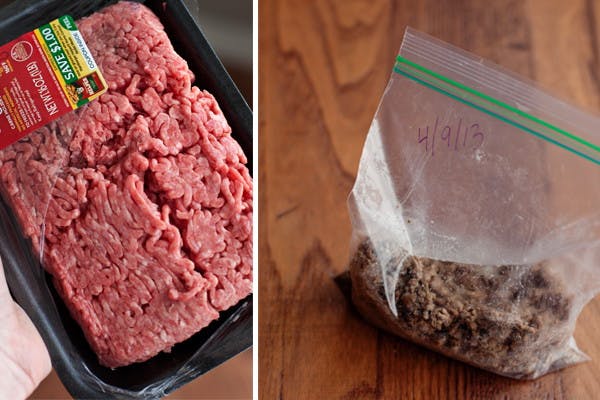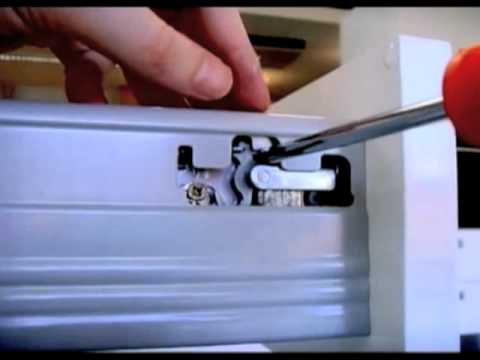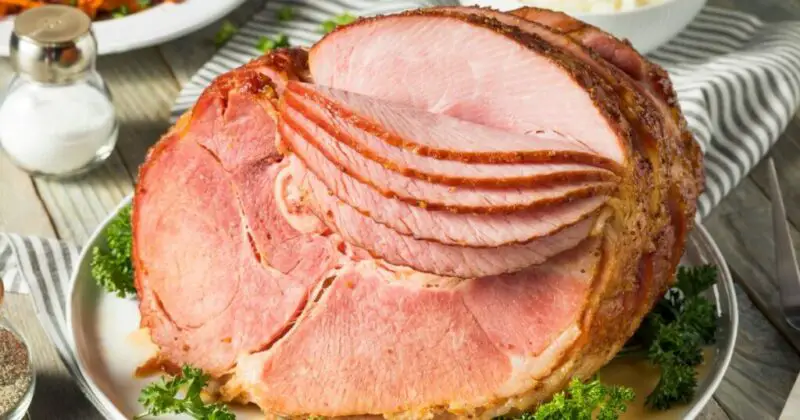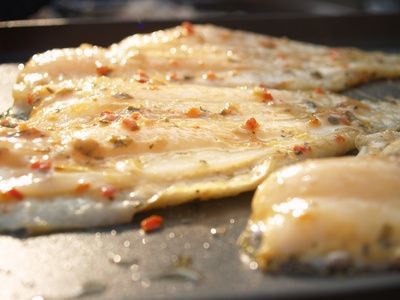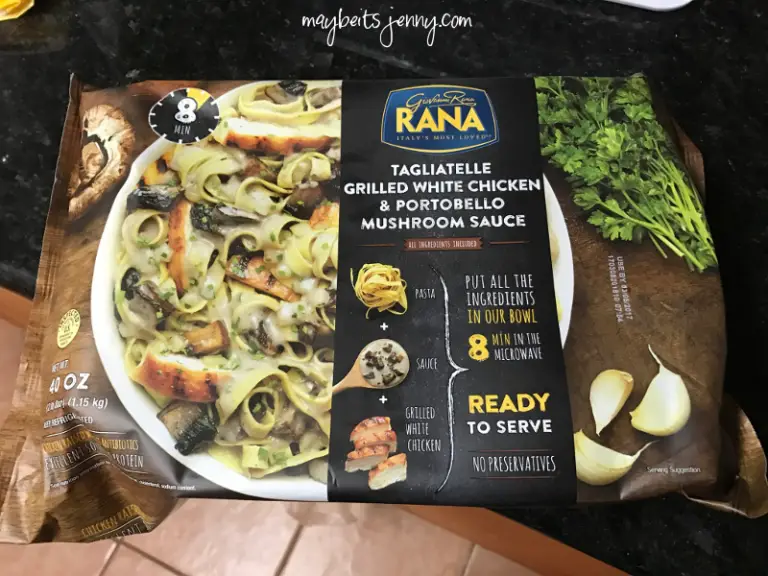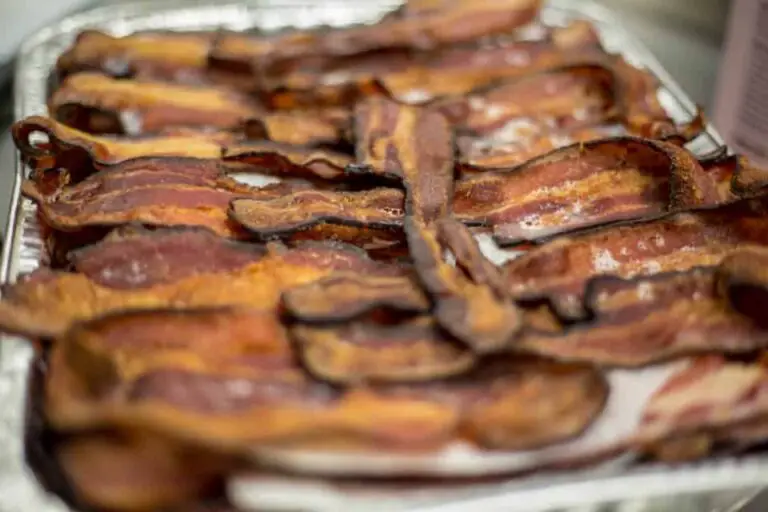Cooking is an art, and one of the key ingredients for producing a masterpiece is precise temperature control. The temperature at which a dish is cooked directly impacts its taste, texture, and overall quality. A small variation in temperature can significantly impact the final product. In this article, we will explore how long to cook something at 350 compared to 375 degrees Fahrenheit and why it is important to be aware of such differences.
Background on Temperature and Cooking Time
Temperature plays a crucial role in cooking since it influences the rate at which food cooks and ultimately the final outcome of the meal. Cooking temperatures vary depending on the desired effect on food; low temperatures are perfect for slow cooking dishes like stews, while high temperatures work well for searing meat.
The standard temperature range for most recipes starts from 300℉ to 400℉. This range is considered optimal because it provides sufficient heating that leads to browning or crisps due to Maillard reactions when combined with sugar and lipids.
Finding Equivalencies Between Cooking Temperatures
A small difference in temperature can alter how long you should cook your food, potentially resulting in overcooked or undercooked meals. When you change cooking temperatures, which often happens when trying different recipe variations or using different ovens, it’s essential to calculate equivalencies between different temperatures.
There are several factors you need to consider when finding equivalencies between different cooking temperatures:
Factors to Consider When Finding Equivalencies
Types of Dishes Impacted by Variation in Temperature
Different types of dishes react differently based on slight variations in temperature. For example:
- Baking: cakes or cookies require specific heat levels.
- Roasting: meats like beef usually require higher temps than pork.
- Frying: oil needs to be heated appropriately before deep frying any item.
Density and Composition of Food
The density and composition of foods play a significant factor in how long they take to cook. Foods that are denser or larger require slower cooking times since the heat needs to penetrate more of the item.
Calculating Cooking Times for Different Foods
Calculating cooking time is a crucial technique when working with different oven temperatures. Below are some tips you can use to ensure perfect results for several types of food:
Meat (Poultry, Beef, Pork)
For meats, cooking time calculations start with estimating the size and thickness of the piece of meat being cooked; this ensures even heating across the entire piece. Typically, poultry requires more prolonged periods compared to beef and pork. For example, a 4-pound chicken should be slow-roasted at 350°F for 20 minutes per pound. On other hand, cooking a 4-pound beef roast typically needs an internal temperature of 130℉ after a good searing under high heat (about 375°F) before reducing the temperature to about (325℉).
Vegetables
Vegetables like asparagus or broccoli do not have a uniform shape or density making it difficult to estimate size accurately. This means that calculating proper cooking times often means trial and error- trying out different temperatures until you find one that works well; however, generally speaking cooks can never go wrong by roasting a variety of vegetables at around 400℉ which will result in them being tender with crisp exteriors.
Baked Goods (Cakes, Bread)
Different baked goods need varying degrees temperatures for optimal results. A cake requires lower temperatures than bread or pies would. Most cakes take between forty-five minutes to an hour to bake at around 350°F.
Practical Examples
Using practical examples is an excellent way to clarify complex scenarios surrounding temperature changes while cooking.
Here are two examples:
Baking Brownies Example
Baking brownies is one classic example where small differences in temperature and cooking time significantly impact the final result. For example, suppose you usually bake your brownies at 350°F for twenty-five minutes and then opt for temperature adjustment by baking them at 375°F. In that case, you will notice that they are pricier on the exterior and may dry out much quicker than usual.
Roasting Beef Example
Another example is perfecting a roasted beef. Assume you have just gotten hold of a new oven and discovering which temperatures work best. While roasting beef at 350℉ is standard, you want to experiment with higher levels since cooking meat creates an ideal environment for Maillard reactions, especially when it develops a crusty layer on its surface.
Advantages & Disadvantages of Varying Temperatures for Cooking
Understanding how different temperatures affect cooking has several benefits.
Advantages
- Moisture retention: Lower temps tend to preserve moisture in food while higher temps lead to dehydration.
- Better flavor profiles: using proper heat settings enhances flavor development since specific heating modes enable some ingredients to caramelize or develop unique textures
- Reduced energy consumption: Baking at lower temperatures consumes less energy than high-heat baking methods.
Disadvantages
- Uneven cooking risks: significant changes in temperature cause uneven cooking, making some parts overly cooked and others undercooked.
- Burnt crusts (or overcooked exterior): Higher temperature ranges often result in burnt cremation layers leading to wasted meals.
Conclusion
Cooking dishes involves more than following recipes; it requires experimentation with variables like heat settings. Changing temperatures between seasons or even ovens can significantly impact how long your dish should cook adversely. Therefore, understanding how different temperatures affect diverse foods’ specific chemistry helps ensure optimal outcomes.
Different types of food react differently to variations in heat settings, which makes identifying appropriate temperature routines critical. By adopting and practicing more controlled heating techniques, cooks should be able to enjoy varied flavor profiles, while at the same time, avoiding burnt exteriors and wasted ingredients.
Q&A
1) Q: Can I cook my dish at 350 instead of 375 degrees? A: Yes, you can definitely adjust the temperature and cook your dish at 350 degrees instead. Just keep in mind that the cooking time may need to be adjusted accordingly.
2) Q: How will cooking at a lower temperature affect my dish? A: Cooking at a lower temperature may result in a longer cooking time, but it could also help prevent overcooking or burning. Additionally, some dishes may turn out more tender when cooked at a slightly lower temperature for a bit longer.
3) Q: Should I adjust any other factors besides temperature if I’m cooking at 350 instead of 375? A: It’s always a good idea to follow the recipe as closely as possible, but if you do decide to adjust the temperature, be sure to also keep an eye on the baking time and check for doneness with a toothpick or thermometer as needed.
4) Q: Are there any dishes that specifically require one temperature over the other? A: It really depends on the recipe! Some baked goods and meat dishes might need specific temperatures to properly cook and/or develop certain flavors. Be sure to consult your recipe to determine what temperature is best for your dish.
